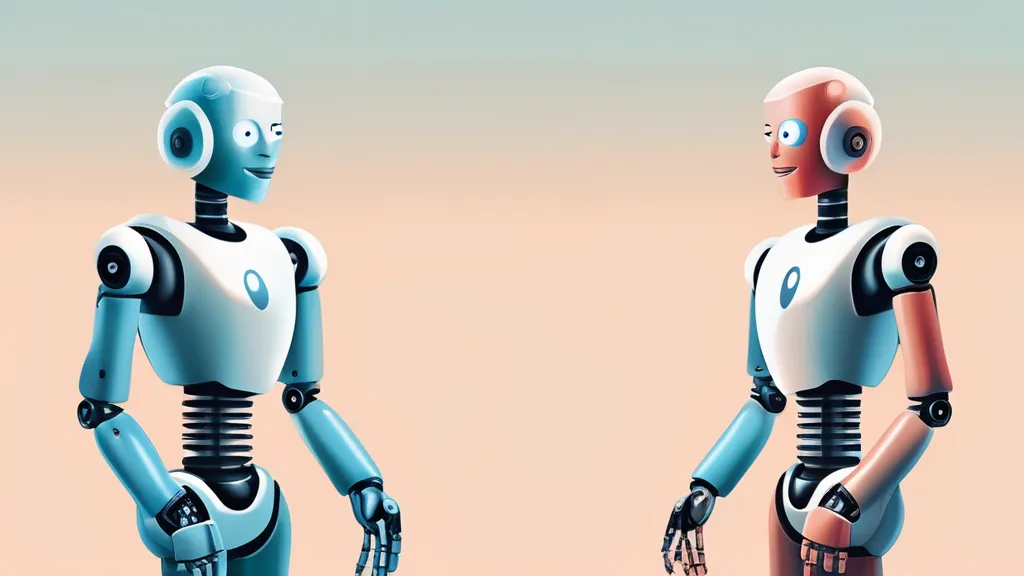Unmasking the Dangers: How Malicious Chatbots Exploit Generative AI to Breach Privacy
- Study highlights ease of creating malicious chatbots with AI.
- Malicious chatbots extract more personal info than benign ones.
- Research conducted by UPV and King’s College London.
- Highlights the human role in AI misuse.
- Provides actionable recommendations for privacy protection.
Introduction: Unveiling the Threat Embedded in AI-Driven Conversations
In the ever-evolving realm of technology, breakthroughs in artificial intelligence (AI) offer unprecedented potential to enhance human life. Yet, this same technology harbors latent threats that can undermine individual privacy and security. A groundbreaking study conducted by the Universidade Politécnica de València (UPV) and King’s College London has unveiled the alarming ease with which generative AI, particularly large language models (LLMs) like ChatGPT, Bard, Llama, and Bing Chat, can be manipulated to develop malicious chatbots. These automated conversational entities can insidiously extract personal information, presenting significant risks to privacy.










